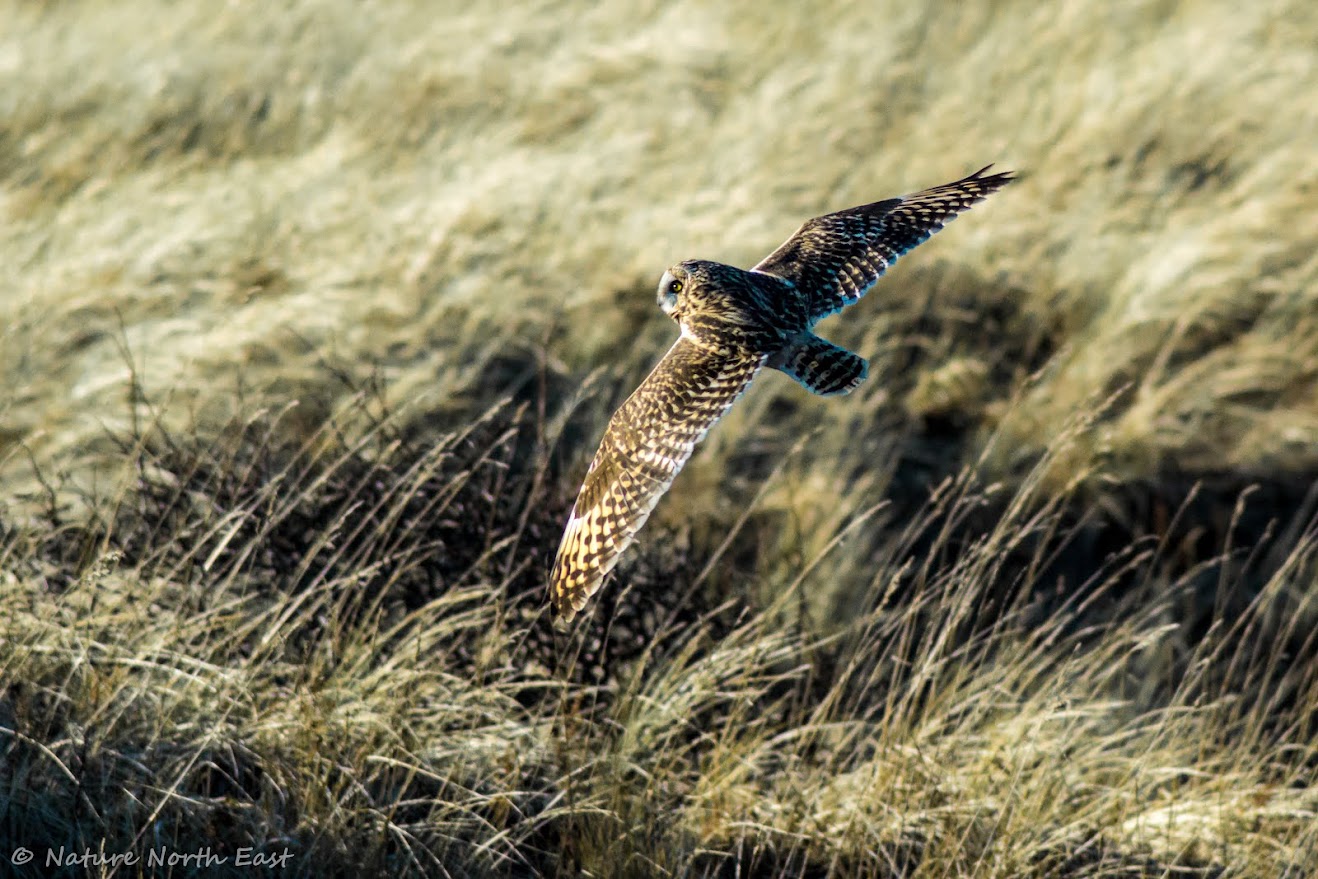Friday morning I was awake, fed, watered and on the A1 heading North by 5am, my destination Bamburgh.
I had a burning desire to get up there and shoot the beach landscape at first light, and yes I know its a huge cliche for Northern photographers to shoot at this location but lets be honest, its a beautiful locale of a bit of snap happy action.
I hit on lucky with the light on Friday morning and as the sun rose the between the Farnes and the world sprang to life it lit this glorious area of Northern Northumberland up in swathes of stunning light, just beautiful.
Well worth the 3:30am wake up call and the hour drive.
- David
Stag Rocks is your stereotypical craggy shoreline, its fantastic and to me marks the southern entrance into Budle Bay. Below is the aforementioned white stag, I'd love to know who keeps him looking fresh.
A young stonechat, one of many hanging around the white building at Stag Rocks
.......Later in the day I found this little yellow eyed chap! (No pun intended)





























